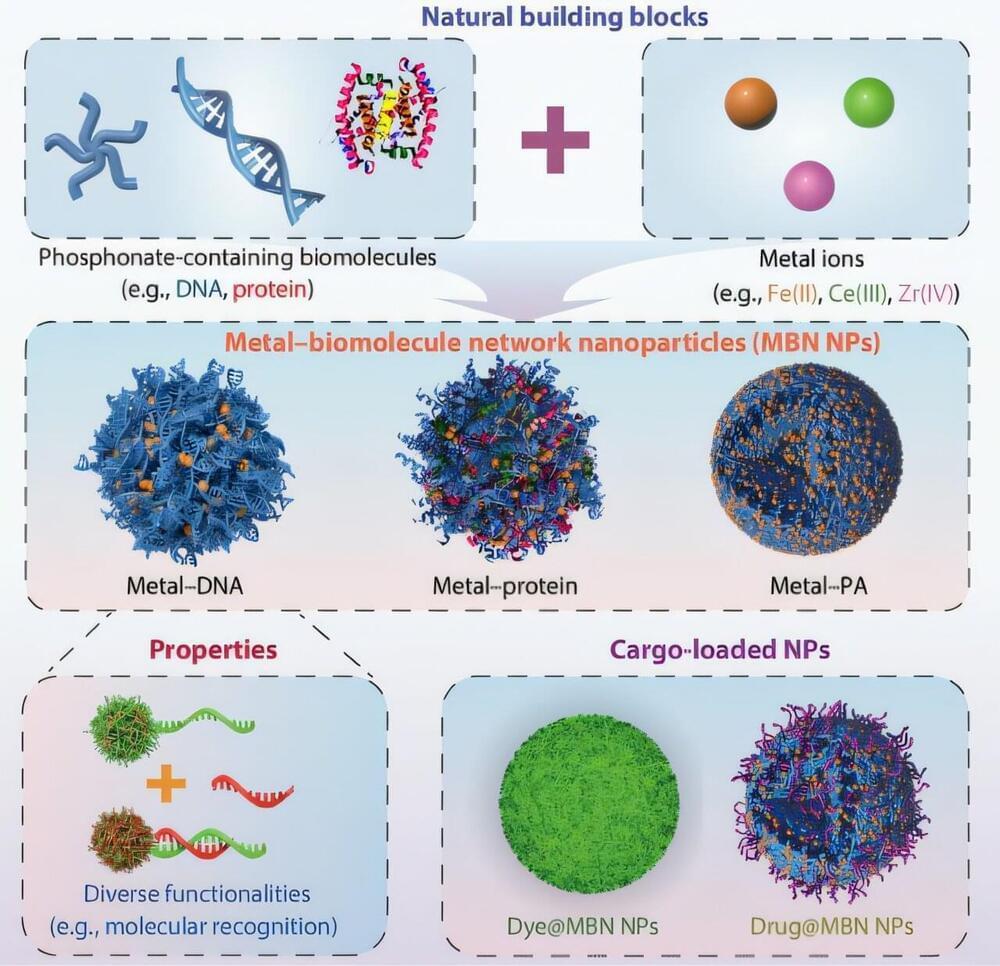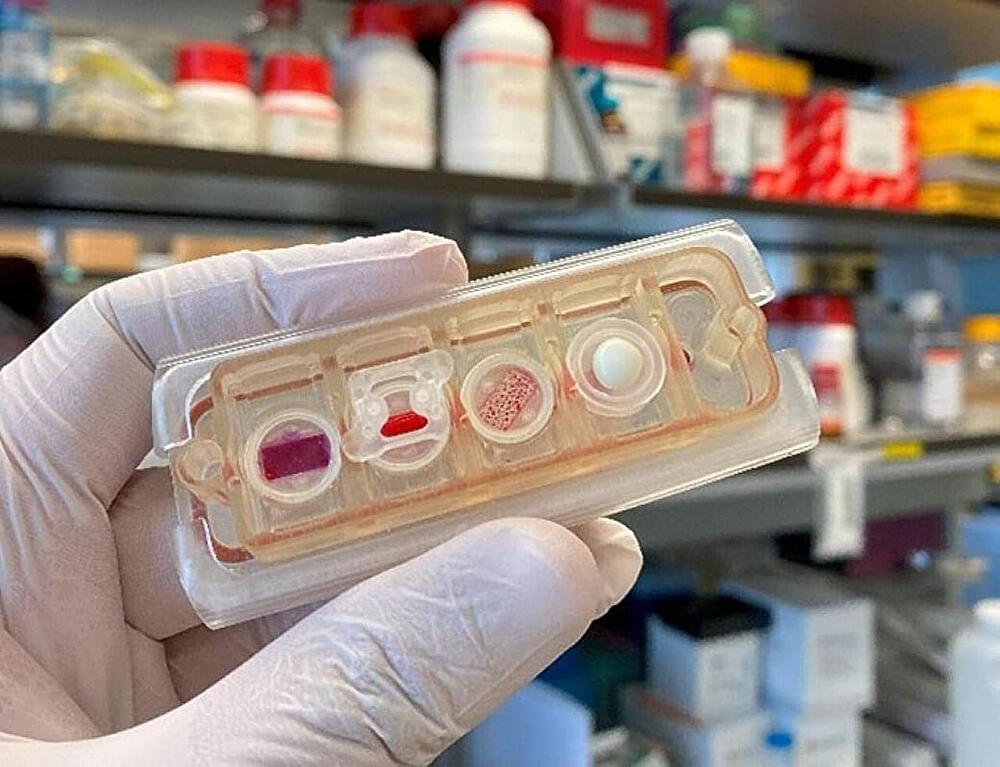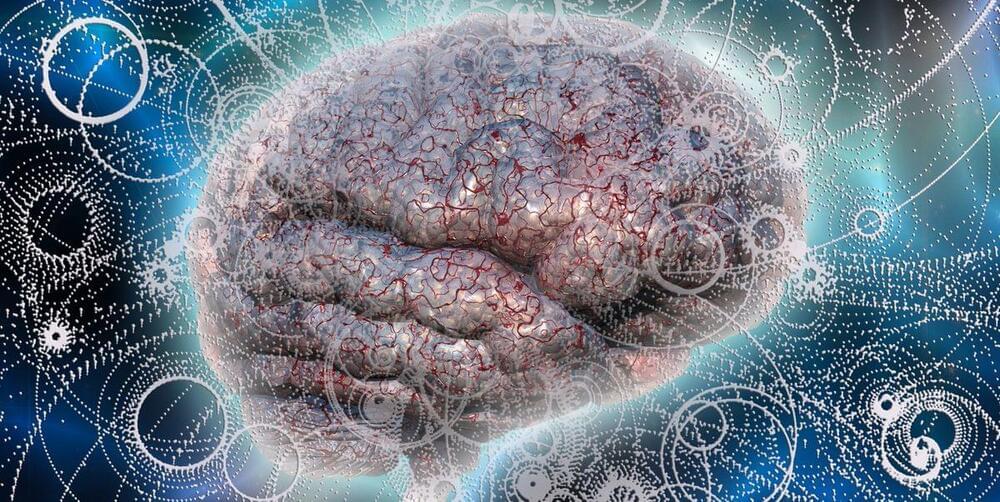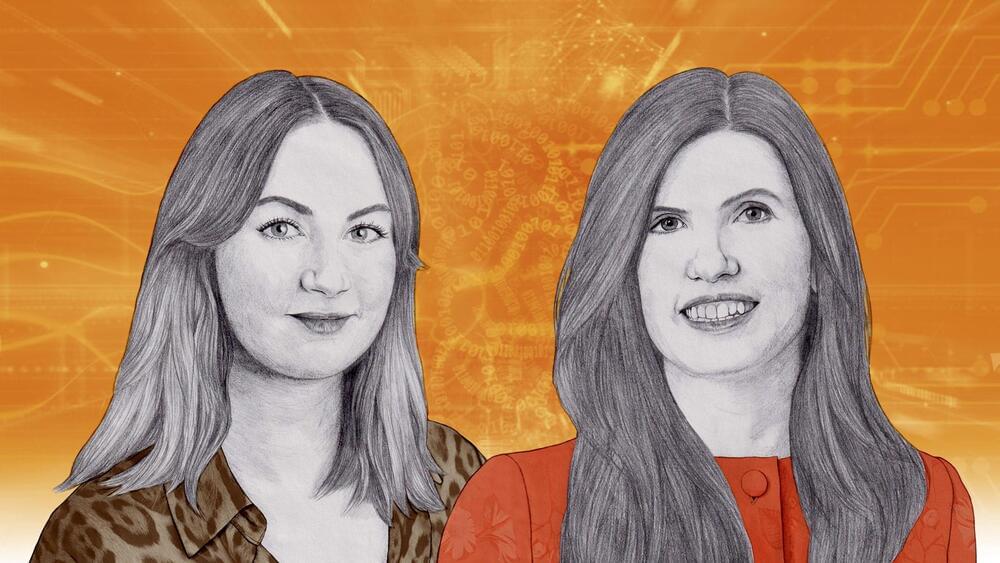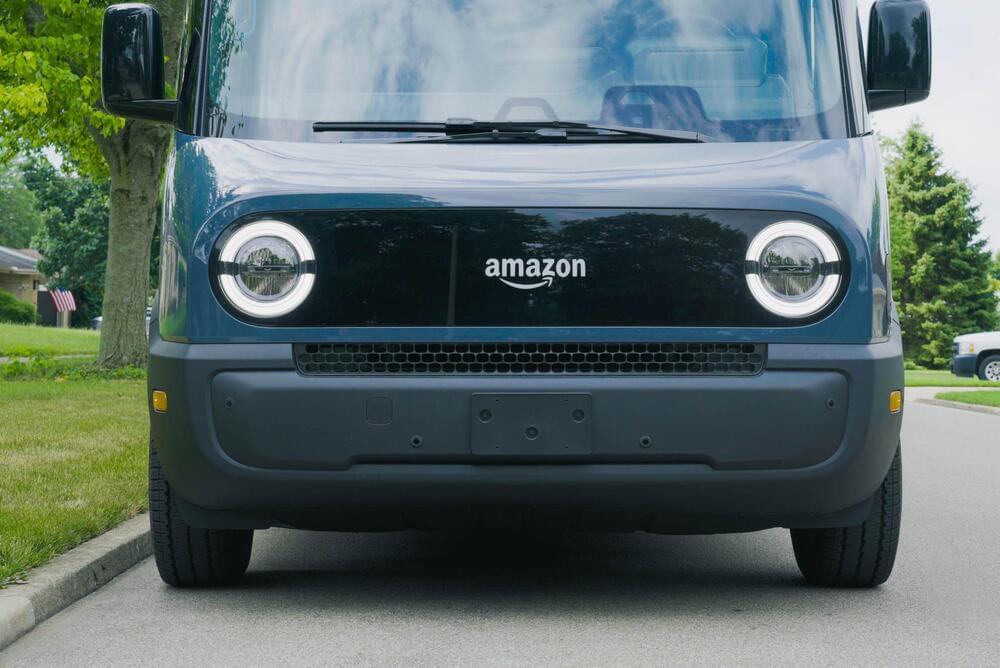A team of University of Melbourne researchers from the Caruso Nanoengineering Group has created an innovative drug delivery system with outstanding potential to improve drug development.
The team has pioneered a drug delivery system that is a coordination network composed of only metal ions and biomolecules, known as metal–biomolecule network (MBN). This system eliminates the need for complicated drug “carriers,” making it potentially more useful in a range of applications.
The research has been published in Science Advances and was led by Melbourne Laureate Professor and NHMRC Leadership Fellow Frank Caruso, from the Department of Chemical Engineering in the Faculty of Engineering and Information Technology, with Research Fellows Dr. Wanjun Xu and Dr. Zhixing Lin joint first authors.
